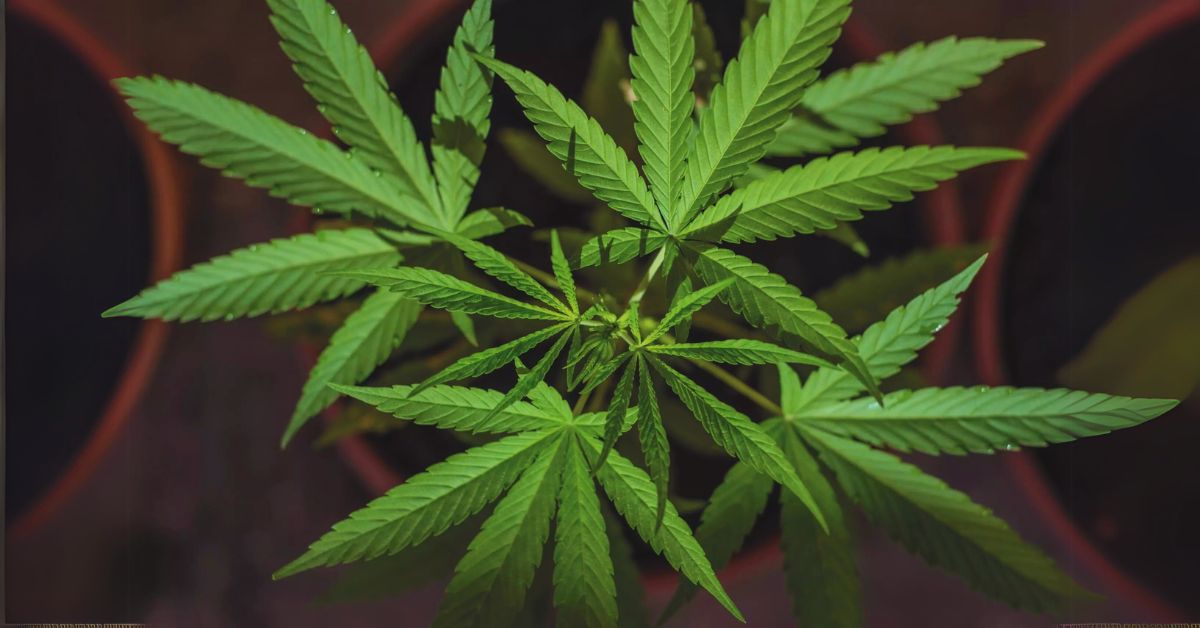Cannabis is one of the most fascinating plants in the world, with a rich history of use in medicine, recreation, and industry. But have you ever wondered what makes up a cannabis plant? Understanding the marijuana plant structure simple is not only fascinating but also essential for anyone who wants to grow or use cannabis effectively.
In this article, we’ll break down the anatomy of a weed plant in a way that’s easy to understand, even for beginners. We’ll explore the different parts of the cannabis plant, how they function, and why they’re essential. Whether you’re a curious learner or an aspiring grower, this guide will help you appreciate the complexity and beauty of the cannabis plant.
Parts of a Weed Plant: A Simple Guide
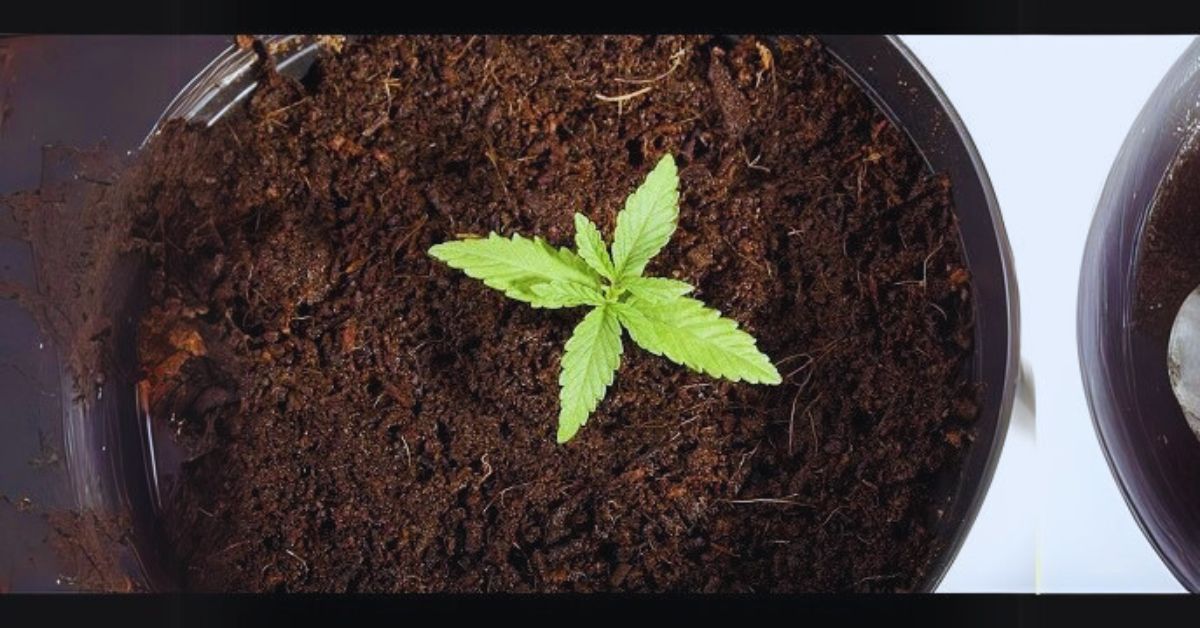
To understand the diagram weed plant structure, let’s start by looking at the main parts of a cannabis plant. Like any other plant, cannabis has roots, stems, leaves, and flowers. However, each part of the cannabis plant anatomy has unique features that make it special.
Here’s a quick overview of the parts of a pot plant:
- Roots: The foundation of the plant, responsible for absorbing water and nutrients.
- Stem: Supports the plant and transports nutrients between the roots and leaves.
- Leaves: The iconic fan leaves to capture sunlight for photosynthesis.
- Flowers: Also known as marijuana buds, these are the most valuable part of the plant, containing cannabinoids like THC and CBD.
Now, let’s dive deeper into each part of the anatomy of a pot plant.
Anatomy of a Weed Plant: Exploring Each Part
1. Roots
The roots are the hidden heroes of the cannabis plant. They anchor the plant in the soil and absorb water and nutrients essential for growth. Healthy roots are crucial for a thriving cannabis plant.
2. Stem
The stem is like the plant’s backbone. It provides support and acts as a highway, transporting water, nutrients, and sugars between the roots and leaves. The stem also produces branches, which hold the leaves and flowers.
3. Leaves
Cannabis leaves are easily recognizable by their serrated edges and finger-like shape. The more enormous fan leaves capture sunlight, which the plant uses to make energy through photosynthesis. Smaller, sugar leaves are found near the flowers and are often covered in trichomes (tiny, crystal-like structures).
4. Flowers (Buds)
The flowers, or buds, are the most famous part of the cannabis plant. These are the parts that contain the highest concentrations of cannabinoids like THC and CBD, which are responsible for the plant’s effects. The buds are also covered in trichomes, which produce the plant’s resin and give it a sticky texture.
Parts of the Weed Plant: A Closer Look
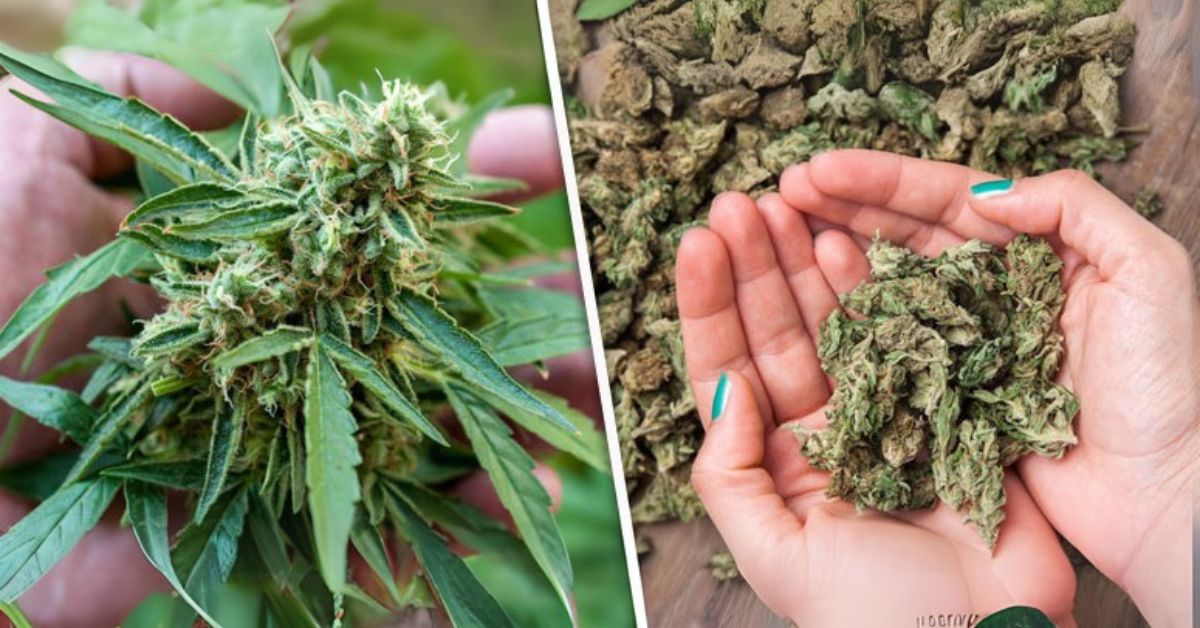
Now that we’ve covered the basics, let’s take a closer look at some of the other essential parts of the marijuana plant structure simple:
- Trichomes: These tiny, crystal-like structures cover the buds and leaves. They produce the plant’s resin, which contains cannabinoids and terpenes.
- Pistils: These hair-like structures are found on the flowers and play a role in reproduction. They change colour as the plant matures, helping growers determine when the buds are ready for harvest.
- Cola: This is a cluster of buds that grow tightly together. The main cola is usually found at the top of the plant.
Understanding these parts is key to appreciating the weed plant’s anatomy and how it contributes to its growth and effects.
Key Parts of a Marijuana Plant Structure Flowering
1. Buds (Flowers)
During the flowering stage, the buds are the star of the show. These are the parts of the plant that contain the highest concentrations of cannabinoids and terpenes, which give cannabis its effects and flavors. Buds grow in clusters called colas, with the main cola typically found at the top of the plant.
2. Trichomes
Trichomes are tiny, crystal-like structures that cover the buds and leaves. They produce the plant’s resin, which contains cannabinoids and terpenes. During the flowering stage of the marijuana plant structure, trichomes become more abundant and visible, giving the buds a frosty appearance.
3. Pistils
Pistils are hair-like structures that grow out of the buds. They play a role in reproduction by capturing pollen from male plants. During flowering, pistils change color, starting as white and turning orange or red as the plant matures. This colour change helps growers know when the buds are ready for harvest.
4. Sugar Leaves
These are tiny leaves that grow near the buds. Unlike the larger fan leaves, sugar leaves are often covered in trichomes, making them sticky and resinous. While they’re not as potent as the buds, sugar leaves can still be used to make extracts or edibles.
Why Understanding the Parts of a Weed Matters?
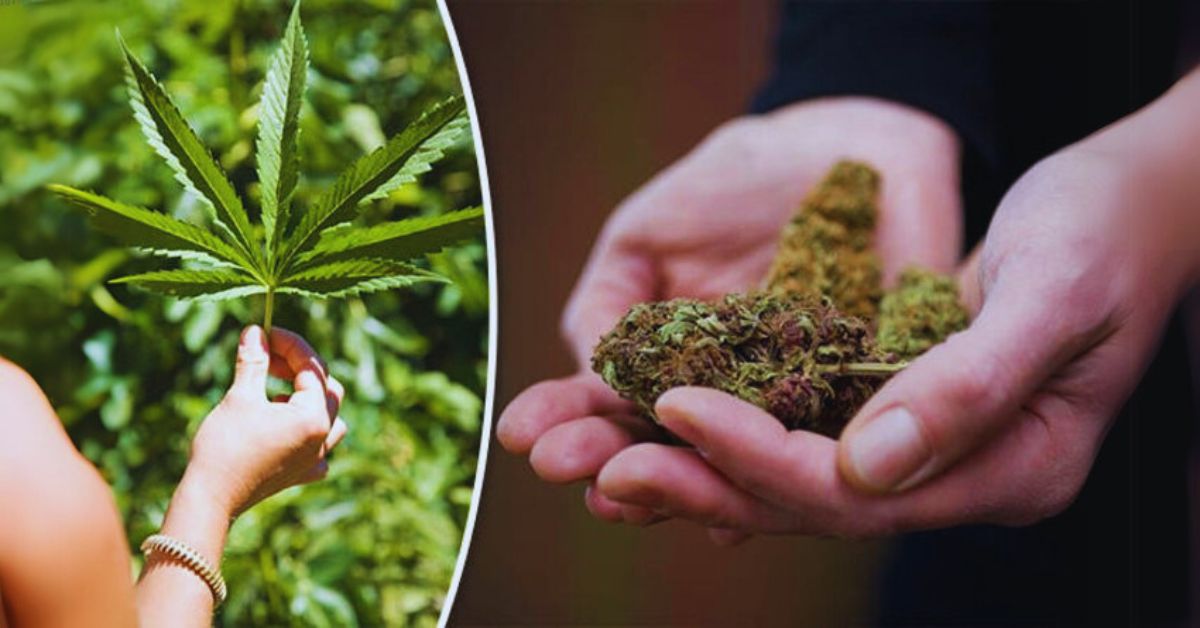
Knowing the marijuana plant structure flowering and the different parts of a weed can help you grow better cannabis. For example, monitoring the pistils’ colour and the trichomes’ density can help you determine the best time to harvest. Additionally, understanding the role of each part can help you maximize the quality and yield of your plants.
How to Propagate Cannabis Plants?
Propagation is the process of creating new plants from an existing one. For cannabis, this is usually done through seeds or cuttings (clones). Here’s a simple breakdown of how to propagate cannabis plants:
- Seeds: Growing cannabis from seeds is the most natural method. Seeds can be planted directly in soil or started in a small container.
- Clones: Cloning involves cutting a branch from a healthy cannabis plant and rooting it in soil or water. This method ensures that the new plant has the same genetics as the parent plant.
Propagation is essential for growers who want to maintain specific strains or produce multiple plants from a single source.
The Anatomy of the Cannabis Plant: Why It Matters
Understanding the anatomy of a pot plant is not just for scientists or growers. It’s also essential for consumers who want to make informed choices about the cannabis they use. For example, knowing where cannabinoids and terpenes are produced can help you understand why certain plant parts are more valuable than others.
Additionally, understanding the diagram weed plant structure can help you appreciate the effort that goes into growing high-quality cannabis. From the roots to the buds, every part of the plant plays a role in its final quality and effects.
Curio Nurtures & Cultivates Every Part of the Cannabis Plant
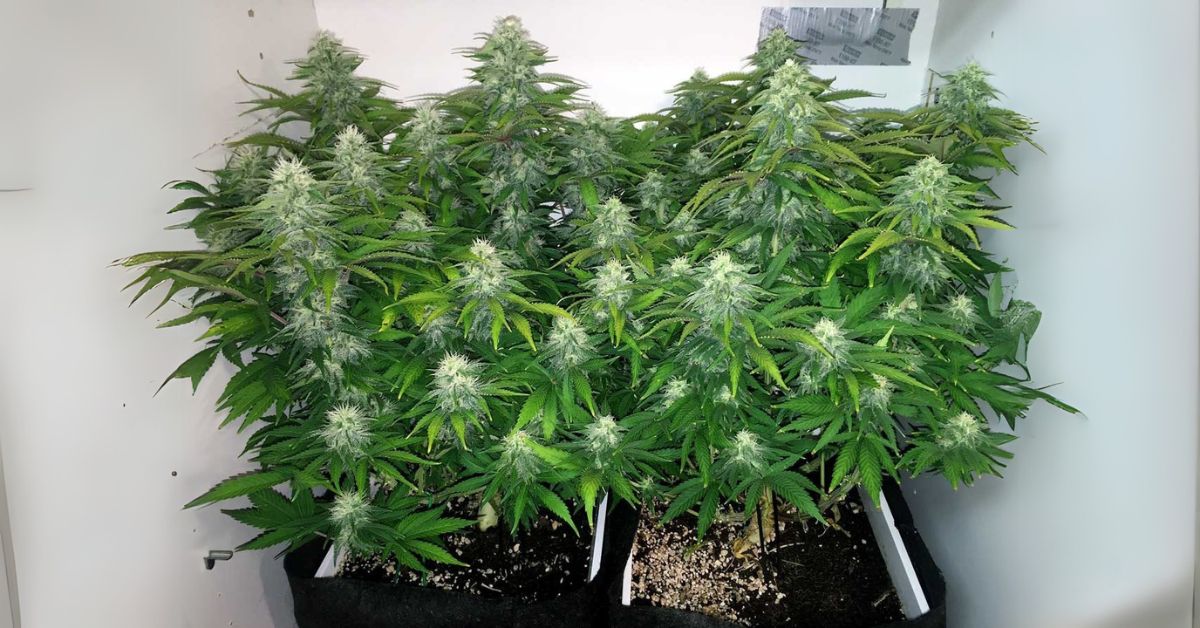
Companies like Curio are dedicated to nurturing every part of the cannabis plant, from seed to harvest. Focusing on sustainable growing practices and advanced cultivation techniques ensures that each part of the plant reaches its full potential. This attention to detail results in high-quality cannabis products that consumers can trust.
How to Use Plant Hormones in Cannabis Cultivation?
Plant hormones, also known as growth regulators, play a key role in the development of cannabis plants. They influence everything from root growth to flower production. Here are some common plant hormones used in cannabis cultivation:
- Auxins: Promote root growth and help the plant respond to light.
- Cytokinins: Stimulate cell division and delay aging in the plant.
- Gibberellins: Encourage stem elongation and flower development.
By understanding how these hormones work, growers can optimize their plants’ growth and maximize yields.
Ultimate Guide to the Anatomy of the Marijuana Plant
The diagram shows that the weed plant structure includes roots, stems, leaves, and flowers, each with its unique role. The flowers, or buds, are the most valuable part of the plant, containing cannabinoids and terpenes that produce its effects. Understanding the weed plant anatomy can help you appreciate the complexity of cannabis and make informed choices as a consumer or grower.
Conclusion
Cannabis is a remarkable plant with a complex structure and vast uses. By understanding the marijuana plant structure simple, you can gain a deeper appreciation for its beauty and potential. Whether you’re a grower, a consumer, or just a curious learner, knowing the anatomy of a weed plant is the first step toward unlocking the full potential of this incredible plant.
FAQs
What is the most essential part of the cannabis plant?
The flowers, or buds, are necessary because they contain the highest concentrations of cannabinoids and terpenes.
What are trichomes?
Trichomes are tiny, crystal-like structures on the buds and leaves that produce the plant’s resin, which contains cannabinoids and terpenes.
How can I tell if my cannabis plant anatomy is healthy?
Healthy cannabis plants have strong roots, vibrant green leaves, and dense, resinous buds.
What is the best way to propagate cannabis plants?
Both seeds and clones are effective methods, but clones ensure that the new plant has the same genetics as the parent plant.
Where can I learn more about cannabis cultivation?
For more information, consider contacting a Cannabis Creative Agency or consulting trusted cannabis resources.

